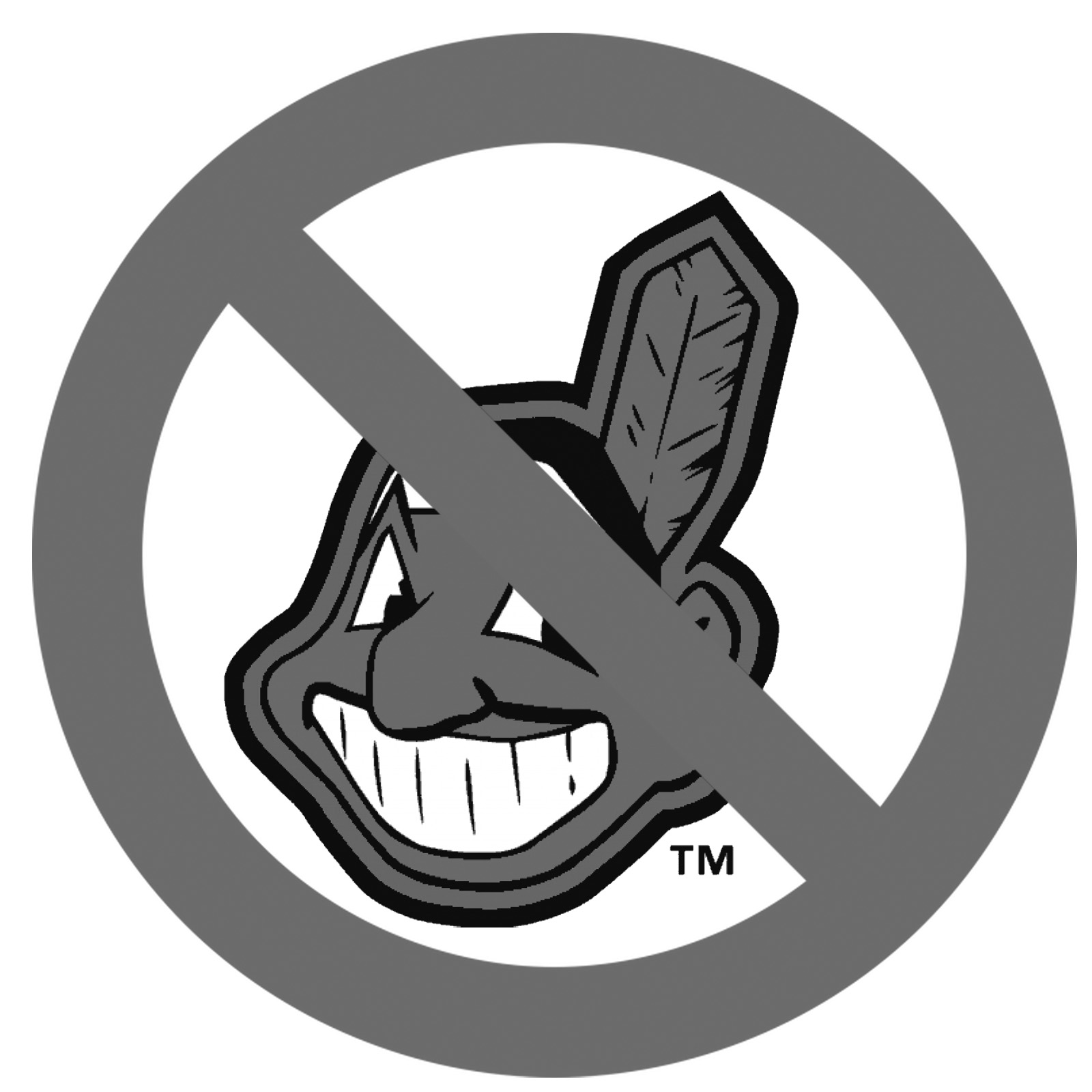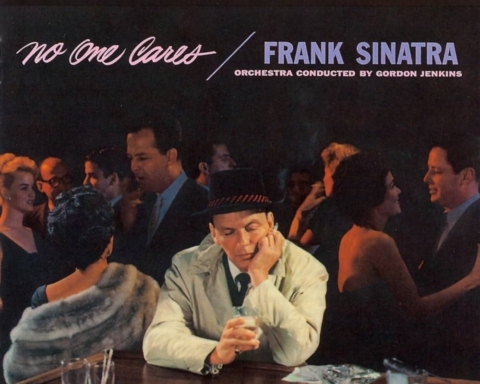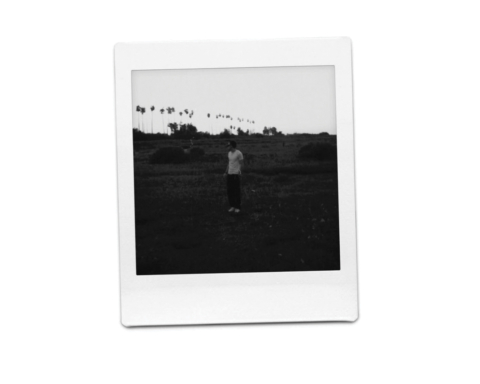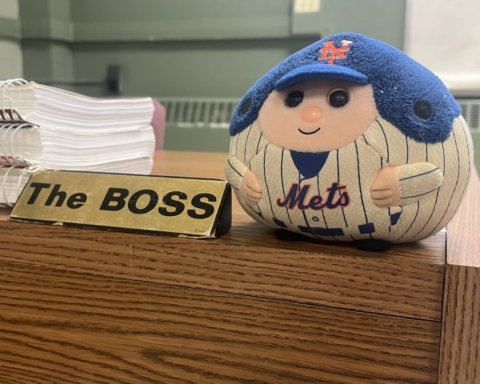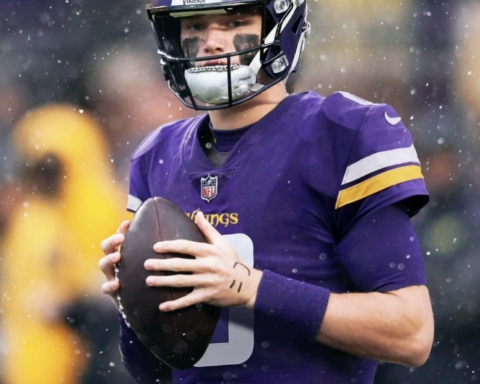Team’s decision to change Chief Wahoo logo a respectful move
The Cleveland Indians will stop using the Chief Wahoo logo on their uniforms beginning in 2019, according to Major League Baseball. After being swept out of the playoffs in the ALDS in three short games by the Houston Astros, the Cleveland Indians wasted little time before making drastic changes to its organization. These changes, however, were not to any player or manager, but instead to the team’s logo, the infamous Chief Wahoo. Other sports teams at all levels should follow suit in ridding sports of discriminatory and infuriating depictions of diverse cultures.
The Chief Wahoo logo has assumed many shapes and forms over the years when it was first used by the Indians in the 1948 MLB season. Recently, the MLB and its commissioner Rob Manfred have had a goal of diversity and inclusion, and the removal of the Chief Wahoo Logo was a massive step in the right direction of achieving that goal. The logo has been protested in a plethora of events over time, most memorably in the Indians home city of Cleveland. Led by Phillip Yenyo, the American Indian Movement of Ohio has protested the team’s name and logo since its appearance in the 1997 World Series. The logo has been deemed offensive and degrading by thousands of American Indians, including hundreds of American Indians lining up at outside Progressive Field during game one of the 2016 World Series to protest the degrading logo. The cultures that are represented by Chief Wahoo have made it clear they are offended by the logo, and the team official removed the logo. This is not the only case in which team names and logos are offending cultures. However for others, the changes are not occurring where they should.
The most prominent case of a racist and discriminatory logo and team name lies in our nation’s capital. The Washington Redskins attracted five thousand American Indian protesters outside the Minnesota Vikings’ stadium. Across the country, people of many descents protest the logo and name. The name seemingly makes the people of the Native American culture a type of logo and mascot to be cheered, after which the culture finds demeaning and disrespectful. NFL Commissioner Roger Goodell said earlier this year the nickname has been “presented in a way that honors Native Americans.” However, when the Native Americans are knocking on the NFL’s doors asking for change, it is clear the NFL is not presenting the team in a way that honoring the Native Americans. The Redskins’ name and logo are being protested much like the Indians’ Chief Wahoo making it time for a change.
In minor cases such as the University of North Dakota, once known as the Fighting Sioux, changing to the Fighting Hawks in 2015 and the St. John’s University Redmen became the Red Storm in 1994. Both these changes occurred following pressure from the cultures represented by the names and logos. Since the changes, both programs have remained prominent in the sports landscapes, being competitive at their respective levels.
St. Bonaventure went through its own mascot controversy, from 1927 to 1992, St. Bonaventure’s mascot was the Brown Indian. To avoid harming the reputation and views of the Seneca Indians the mascot represented, the mascot was changed to the less controversial Bonnie.
The narrative created by many this generation is that people are offended too easily and that the people will cry over anything to attract attention to ourselves. For those who believe in that narrative, this is not one of those cases. Protests backed by thousands of Native Americans and American Indians across the country is not just a cry for attention. Many teams still cling to the old names and likenesses despite pressure to eliminate them.
These beautiful and misrepresented cultures deserve respect, and by following in Cleveland’s steps of changing their unpopular logo, we can reach Rob Manfred’s goal of diversity and inclusion across all sports.
By John Pullano, Staff Writer
pullanjj18@bonaventure.edu

